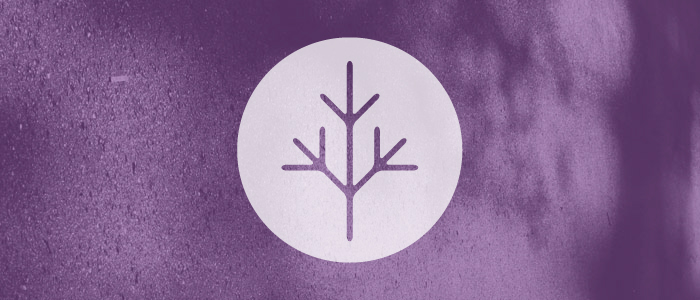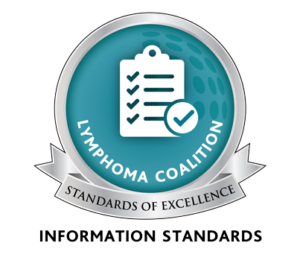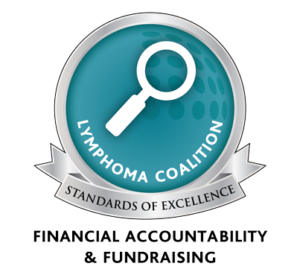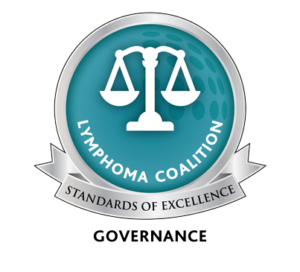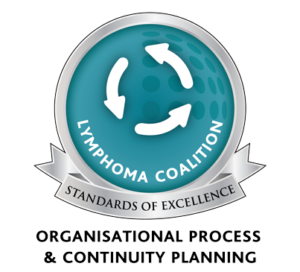Although combination rituximab and chemotherapy treatment has improved the survival of patients with diffuse large B-cell lymphoma (DLBCL), a significant portion of them still fail to achieve a complete response (CR) or relapse. The standard of care in these refractory/relapsing patients is salvage chemotherapy followed by high-dose chemotherapy and autologous stem cell transplantation (ASCT).
Although combination rituximab and chemotherapy treatment has improved the survival of patients with diffuse large B-cell lymphoma (DLBCL), a significant portion of them still fail to achieve a complete response (CR) or relapse. The standard of care in these refractory/relapsing patients is salvage chemotherapy followed by high-dose chemotherapy and autologous stem cell transplantation (ASCT). However, patients with chemorefractory disease still have very poor outcomes with a 3-year progression-free survival (PFS) of 20% and they typically experience minimal benefit from ASCT.
The need to develop more effective therapies for these patients led Dr. Briones and colleagues to determine whether a standard dose of 90Y-ibritumomab tiuxetan, a radiolabeled anti-CD20 monoclonal antibody with activity against B-cell non-Hodgkin lymphomas, combined with high-dose BEAM chemotherapy followed by ASCT would be an effective treatment in patients with DLBCL.
The overall response rate to the 90Y-ibritumomab tiuxetan combination therapy was 70% and 18 patients (60%) achieved complete response (CR) and 3 patients had partial response (PR). Furthermore, the estimated 3-year overall survival (OS) and PFS was 63% and 61% respectively. Patients with PR at the time of ASCT had 3-year OS and PFS of 80% while it was 60% for chemorefractory patients. In addition, this treatment appeared to be safe, did not seem to add to the toxicity of the BEAM conditioning regimen, and did not increase the risk of treatment-related myelodysplasia (tMDS) or acute myeloid leukemia (AML).
The results of this study provide very encouraging results regarding the development of novel therapies that produce high response rates and promising survival in this group of refractory DLBCL patients that typically have very poor prognoses.

